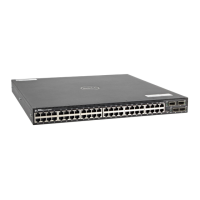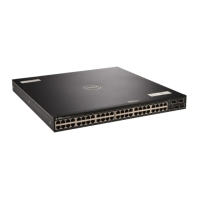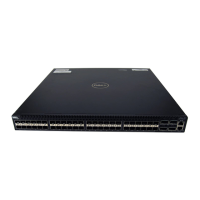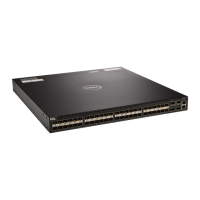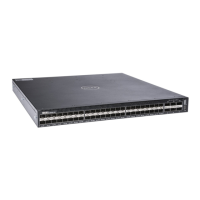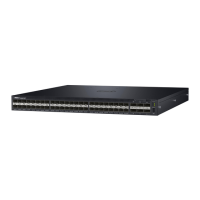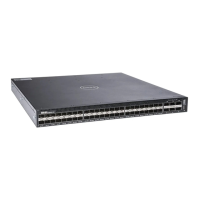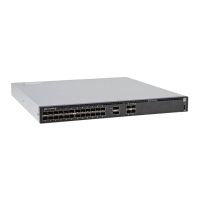Far-End Failure Detection
FEFD is a protocol that senses remote data link errors in a network. FEFD responds by sending a
unidirectional report that triggers an echoed response after a specified time interval. You can enable FEFD
globally or locally on an interface basis. Disabling the global FEFD configuration does not disable the
interface configuration.
Figure 70. Configuring Far-End Failure Detection
The report consists of several packets in SNAP format that are sent to the nearest known MAC address.
In the event of a far-end failure, the device stops receiving frames and, after the specified time interval,
assumes that the far-end is not available. The connecting line protocol is brought down so that upper
layer protocols can detect the neighbor unavailability faster.
FEFD State Changes
FEFD has two operational modes, Normal and Aggressive.
When you enable Normal mode on an interface and a far-end failure is detected, no intervention is
required to reset the interface to bring it back to an FEFD operational state. When you enable Aggressive
mode on an interface in the same state, manual intervention is required to reset the interface.
Layer 2
585
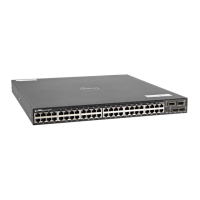
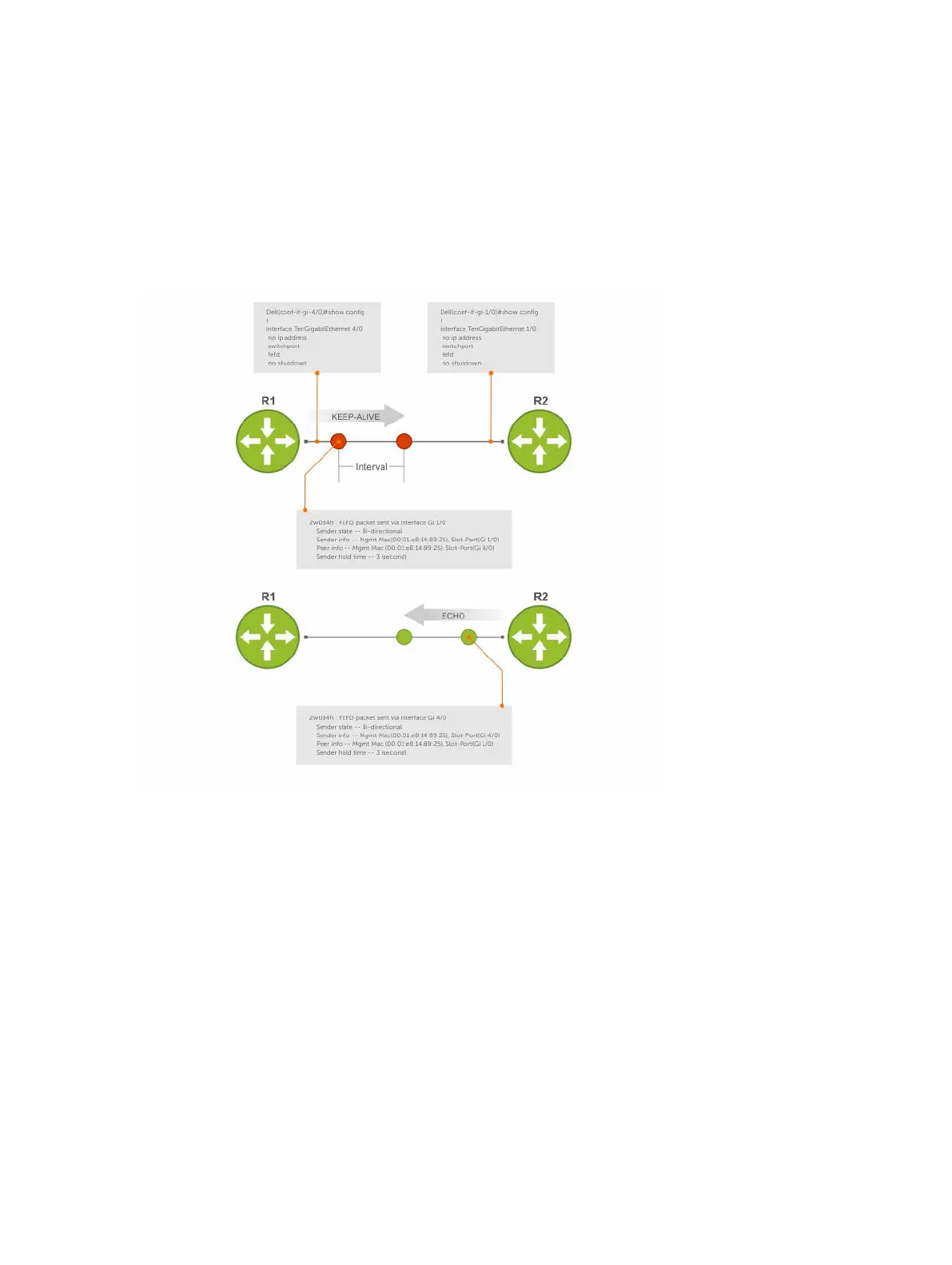